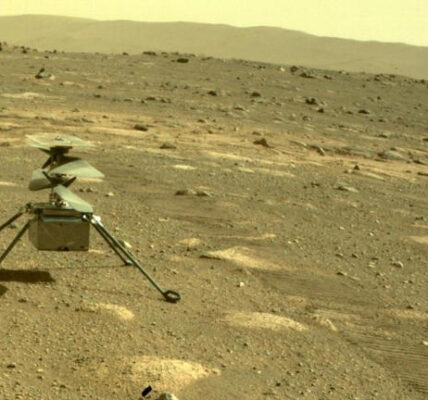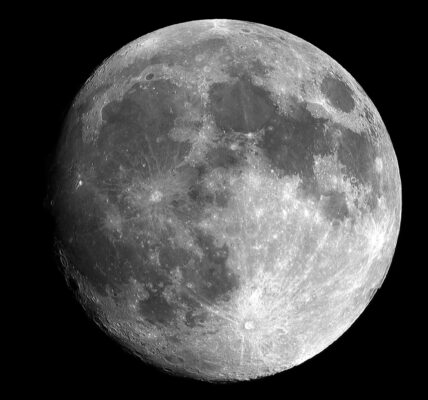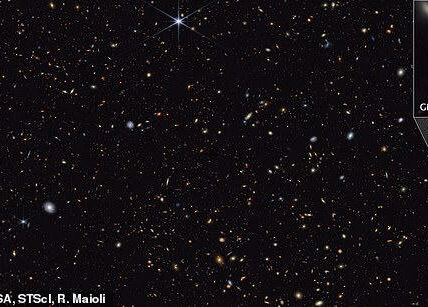Asteroid Impact Preparedness: 7 Shocking Risks We’re Not Ready For
Table of Contents
ToggleAsteroid Impact Preparedness
Asteroid impact preparedness is a topic of growing importance as scientists warn that we might not be ready for a potential collision with a massive space rock. Recently, NASA organized its fifth planetary defense interagency tabletop exercise, involving over 100 participants from various organizations including the UN, the UK Space Agency (UKSA), and the European Space Agency (ESA). This exercise simulated a scenario where an asteroid, measuring between 60 and 200 meters, had a 72% chance of colliding with Earth on July 12, 2038. The goal was to see how humanity would handle such a threat and to identify any obstacles that could hinder our efforts to prevent a disaster.
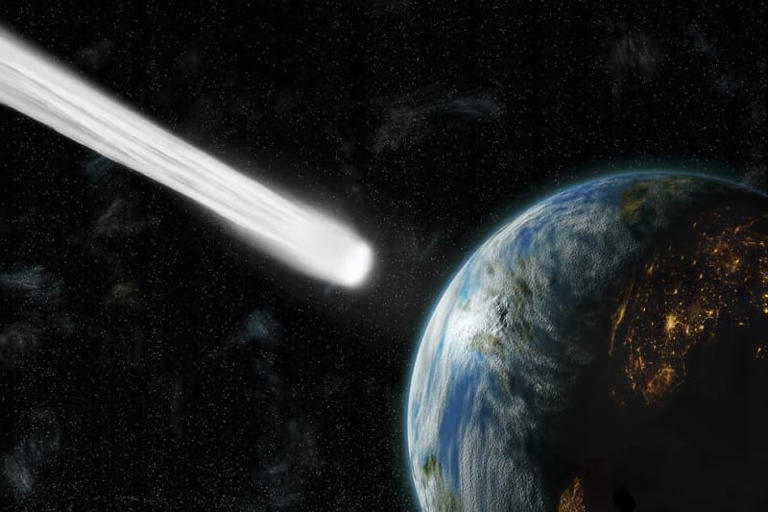
© Getty
The Challenge of Asteroid Impact Preparedness
In the exercise, participants faced the challenge of dealing with an asteroid that could hit anywhere between North America and Saudi Arabia in just 14 years. The collaboration was crucial, but even in the face of potential extinction, there were concerns that political leaders might not unite effectively to prevent the impact. This highlights a significant issue in asteroid impact preparedness: the need for global cooperation and swift decision-making.
NASA’s Recent Missions and Their Importance
Last year, NASA’s OSIRIS-REx mission successfully brought back samples from the asteroid Bennu. Bennu itself has about a 1 in 2,700 chance of colliding with Earth on September 24, 2182. Although these odds are relatively low, they emphasize the ongoing need for asteroid impact preparedness. Furthermore, the chances of Bennu hitting Earth sometime between now and 2300 are about 1 in 1,750. While these probabilities might seem small, the potential consequences of an asteroid impact are so severe that we cannot afford to be complacent.
Financial Considerations in Asteroid Impact Preparedness
One of the most costly missions for asteroid defense was estimated at over $1 billion. However, given that global GDP is rapidly approaching $1 trillion, this seems like a worthwhile investment. The NASA scenario predicted that between 1,000 and 100,000 people could die from such an impact, rather than a mass extinction. This further underlines the need for asteroid impact preparedness and the importance of allocating sufficient resources to prevent such a disaster.
Disaster Management Plans and Their Importance
A major concern highlighted during the exercise was the lack of disaster management plans for survivors in the event of an asteroid strike. Even if scientists manage to deflect the asteroid, the aftermath could be chaotic without proper planning. This is a crucial aspect of asteroid impact preparedness that needs more attention. Ensuring that we have effective disaster management plans in place can significantly reduce the number of casualties and help us recover more quickly from the impact.
NASA’s Deflection Capabilities and Future Missions
However, their Double Asteroid Redirection Test (DART) mission inadvertently created dozens of smaller asteroids that may eventually collide with Mars. While this test shows promise, it also highlights the complexities involved in asteroid deflection. The hope is that with sufficient funding from politicians, similar missions can be repeated if necessary, improving our asteroid impact preparedness.
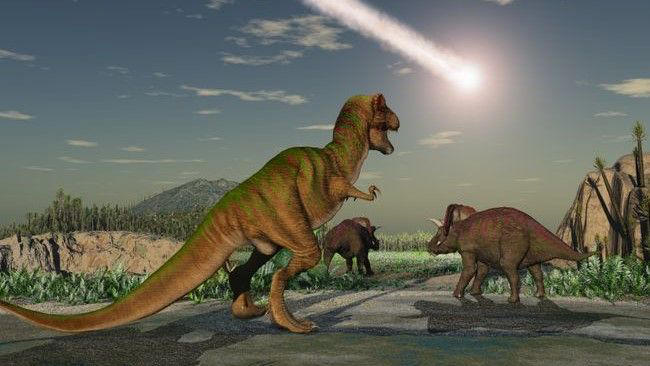
© Getty
The Role of the NEO Surveyor Mission
Another critical component of asteroid impact preparedness is NASA’s new Near-Earth Object (NEO) Surveyor mission. This powerful infrared telescope is designed to detect dangerous space rocks and is scheduled for launch in 2028. The NEO Surveyor mission will play a vital role in identifying potential threats early, giving us more time to prepare and respond effectively. Ensuring the success of this mission is essential for improving our asteroid impact preparedness.
Global Cooperation and Funding
Asteroid impact preparedness requires not just technological advancements but also strong global cooperation and adequate funding. The recent tabletop exercise by NASA showed that collaboration between international organizations is possible and necessary. However, political leaders must also be willing to invest in these efforts. Without sufficient funding and support, our ability to prepare for and mitigate an asteroid impact remains limited.
Conclusion: The Urgency of Asteroid Impact Preparedness
In conclusion, asteroid impact preparedness is an urgent issue that requires immediate attention. The potential threat of an asteroid collision with Earth, as simulated in NASA’s recent exercise, highlights the need for global cooperation, robust disaster management plans, and continued investment in space monitoring and defense technologies. By prioritizing asteroid impact preparedness, we can ensure that we are better equipped to handle such a catastrophic event and protect the future of humanity.
ALSO READ:
Chang’e 6 Lunar Landing: 7 Incredible Breakthroughs
